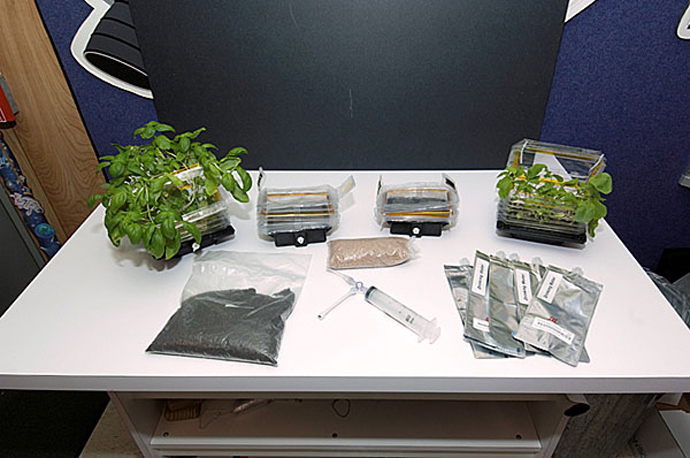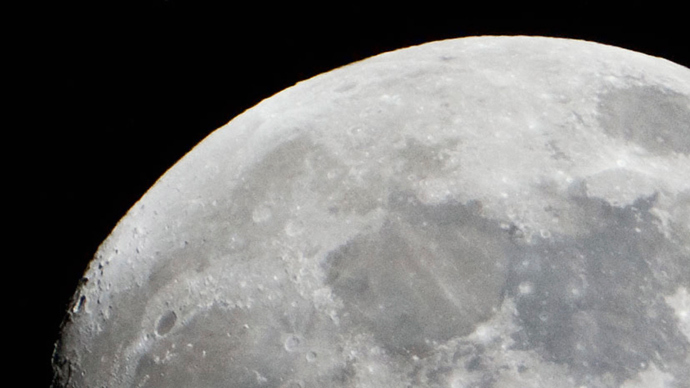Monday, December 2, 2013
Moon gardens: NASA to sow 1st seeds of future habitat
NASA is bravely venturing into new scientific territory with a plan to start growing plants on the moon no later than 2015. The experiment is designed to yield important knowledge about life’s long-term chances in space – including for us.
The initiative comes courtesy of the Lunar Plant Growth Habitat team – a small group of scientists, students, volunteers and contractors – who plan to install specially-designed containers about the size of a coffee can, in which the plants will be encased, complete with sensors, cameras and other devices that will be relaying information down to Earth.
This is to be the first life sciences project conducted on another world and is ambitious about exploring opportunities for future human life support, apart from the obvious benefits of learning more about growing life in extreme temperatures.
The dream is to be able to freely live on the moon for decades on end – instead of hours. Follow-up experiments are already in the making.
The idea, according to the space scientists, is “to develop a very simple sealed growth chamber that can support germination over a five-10 day period in a spacecraft on the moon,” with filter paper used to feed dissolved nutrients to the plant.

NASA wants to start off with basil, turnips and Arabidopsis. The latter has been described by scientists as the ‘lab rat’ of plant biology.
The habitats will have to regulate their own water consumption, temperature and power supply.
“Upon landing on the moon a trigger would release a small reservoir of water wetting the filter paper and initiating germination of the seeds. The air in the sealed container would be adequate for more than five days of growth. No additional air supply or air processing would be necessary. The seedlings would be photographed at intervals with sufficient resolution to compare with growth in Earth controls. We would use the natural sunlight on the moon as the source of illumination for plant germination as a first ISRU (in situ resource utilization) demonstration,” the scientists reported on the space agency’s website.
Read Full Article Source here
Author: rt.com




0 comments:
Post a Comment